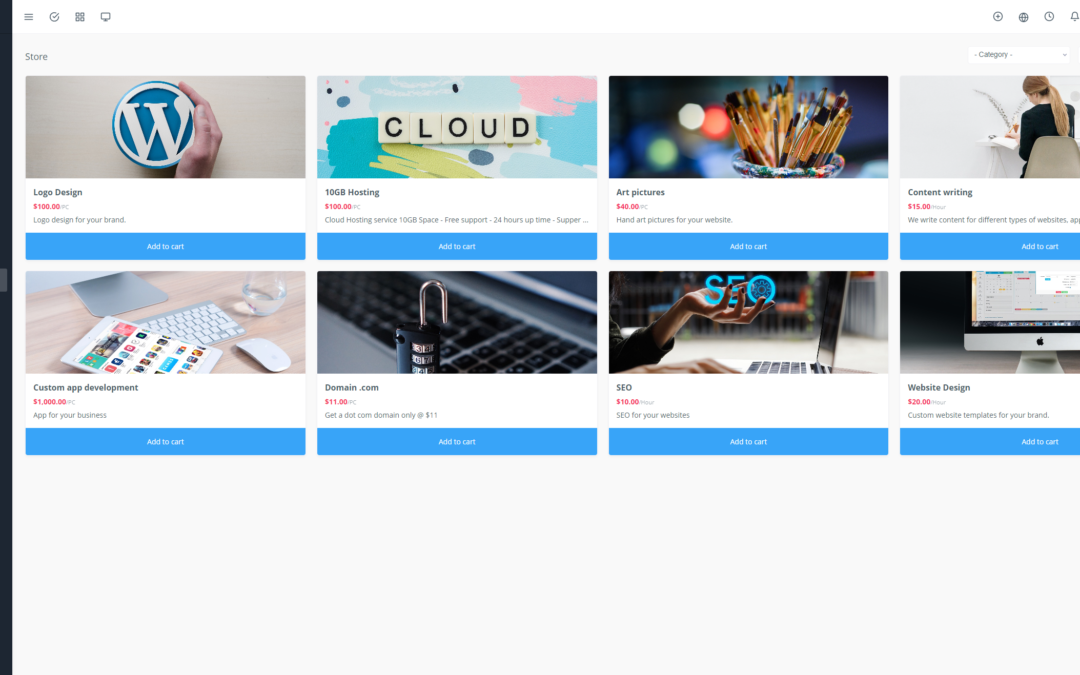In the modern marketing world, every interaction with a prospect is valuable. This is where opportunity tracking comes into play. But how do you effectively manage this constant flow of information and turn prospects into loyal customers? The answer lies in integrating with marketing automation software.
1. Defining Opportunity Tracking
Opportunity tracking involves recording and analyzing every interaction you have with a prospect, from the first visit to your website to the final conversion. This can include email opens, pages visited, content downloads, event registrations, and much more.
2. Importance of Opportunity Tracking
Accurate opportunity tracking is crucial for several reasons:
Understanding the Customer Journey: You can visualize each prospect’s path, identify friction points, and optimize your strategy.
Making Informed Decisions: Precise data allows you to personalize your communications and offer more relevant deals.
Measuring Campaign Effectiveness: Analyze the performance of your marketing initiatives and identify the most effective channels.
Increasing Conversion Rates: Effective tracking helps you identify the most qualified leads and convert them into customers.
3. Benefits of Integrating with Marketing Automation Software
Integrating opportunity tracking with marketing automation software provides significant advantages:
Task Automation: Say goodbye to repetitive manual tasks! Automation frees up time to focus on high-value activities.
Increased Personalization: Based on collected data, you can personalize your messages and offer deals tailored to each prospect.
Effective Segmentation: Divide your prospects into groups based on their interests and behavior to maximize the impact of your campaigns.
Improved Collaboration: Sales and marketing teams share the same data and collaborate more effectively.
4. Choosing the Right Marketing Automation Software
Selecting the right software is crucial. Here are some criteria to consider:
Opportunity Tracking Features: Ensure the software offers the features you need, such as email tracking, forms, events, and social media interaction tracking.
Integration with Your Existing Tools: The software should integrate seamlessly with your CRM, website, and other tools.
Ease of Use: Opt for an intuitive and easy-to-use software, even for beginners.
Pricing and Customer Support: Define your budget and make sure the provider offers good customer support.
5. Integrating Opportunity Tracking Data into Marketing Automation Software
Data integration is key to success. Ensure your tracking tools are connected to the marketing automation software for a continuous flow of information.
6. Utilizing Tracking Data for Lead Nurturing
Lead nurturing involves nurturing prospects and moving them through the sales funnel. Tracking data allows you to create personalized nurturing campaigns and offer relevant content.
7. Automating Opportunity Tracking Tasks
Automate tasks like:
Sending Welcome Emails: Greet new prospects and guide them through their journey.
Sending Event-Triggered Messages: Send relevant messages based on prospect actions (downloads, registrations, etc.).
Follow-Up Reminders: Automate follow-ups for prospects who haven’t engaged recently.
8. Creating Automated Tracking Processes
Set up automated tracking processes for each stage of the customer journey.
9. Tracking Marketing Campaign Performance
Analyze tracking data to measure the effectiveness of your marketing campaigns and adjust your strategies based on the results.
10. Prospect Segmentation and Communication Personalization
Divide your prospects into segments based on their tracking data to personalize your communications and maximize the impact of your campaigns.
11. Analyzing Opportunity Tracking Data
Analyze tracking data to identify trends, weaknesses, and opportunities for improvement.
12. Data-Driven Decision Making
Use tracking data to make informed decisions about your marketing and sales strategies.
13. Improving Conversion Rates
Effective tracking helps you identify the most qualified leads and convert them into customers.
14. Reducing Costs and Sales Time
Automating tracking tasks helps reduce costs and time spent on manual tasks.
15. Increasing Customer Satisfaction
Personalized communications and smoother customer experiences contribute to increased customer satisfaction.
16. Better Collaboration Between Sales and Marketing Teams
Access to the same data and automated processes promote more effective collaboration between sales and marketing teams.
17. Data Compliance and Privacy Requirements
Comply with data privacy regulations (GDPR, CCPA, etc.) and ensure the security of collected information.
18. Case Studies and Real-World Examples
Discover case studies and real-world examples of companies that have used opportunity tracking and integration with marketing automation software to achieve tangible results.
19. Best Practices for Opportunity Tracking
Defining Clear Goals: Set goals you want to achieve with your opportunity tracking.
Choosing the Right Key Performance Indicators (KPIs): Track key metrics that allow you to measure the effectiveness of your efforts.
Using a Powerful Tracking Software: Opt for software that meets your needs and integrates seamlessly with your other tools.
Creating Automated Tracking Processes: Automate repetitive tasks to save time and improve efficiency.
Regular Data Analysis: Analyze tracking data regularly to identify trends and opportunities for improvement.
20. Tips for Successful Integration with Marketing Automation Software
Start Small: Don’t try to automate everything at once. Start with a simple tracking process and add features gradually.
Test and Optimize: Test different tracking strategies and analyze the results to identify the most effective methods.
Train Your Team:* Ensure your team understands the tracking processes and knows how to use the marketing automation software.
In conclusion, integrating opportunity tracking with marketing automation software is essential for optimizing your marketing efforts and improving your ROI. By using tracking data to personalize your communications, automate tasks, and make informed decisions, you can create exceptional customer experiences and develop a more effective marketing strategy. 🤝

